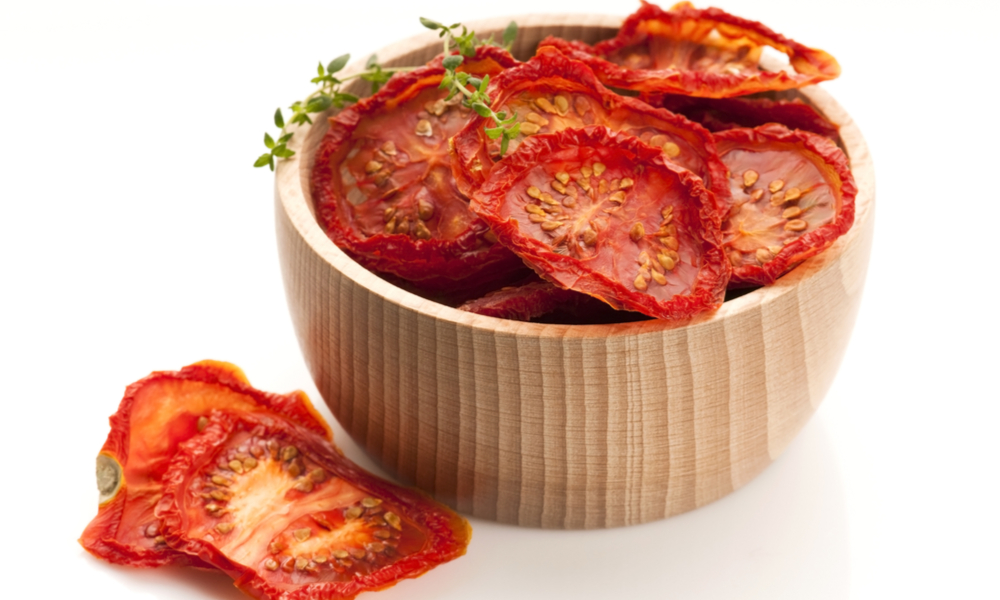Vegetables are an essential part of any healthy and balanced diet. When backpacking, it can be difficult to incorporate vegetables into your meals.
However, with some creativity and planning, it is possible to enjoy a variety of vegetables while on the trail.
Canned Vegetables
Canned vegetables are a great option for backpackers because they are lightweight and easy to transport. Canned vegetables often come in convenient single-serve sizes, making them perfect for packing and portion control.
They also last longer than fresh vegetables, so you don’t have to worry about them spoiling during your trip.
Dried Vegetables
Dried vegetables are another great way to incorporate veggies into your backpacking meals. Dried veggies are lightweight, easy to transport, and don’t require any refrigeration or special storage conditions. They’re also very versatile – you can add them to soups, stews, grain dishes, or even rehydrate them with hot water for a quick side dish.
Dehydrated Vegetables
Dehydrated veggies are similar to dried veggies in that they’re lightweight and don’t require any special storage conditions. Dehydrated veggies tend to be more flavorful than canned or dried varieties because they retain more of their original flavor and texture when dehydrated. Dehydrated veggies can be added directly to soups, stews, and other dishes without rehydrating.
Fresh Vegetables
Fresh vegetables can be a challenge on the trail because they spoil quickly. To overcome this problem, you can pack pre-cut fresh veggies in airtight containers or vacuum-seal bags that will help keep them fresh for longer periods of time. You can also bring along condiments like salsa or hummus which will help preserve the freshness of the vegetables while adding flavor.
Conclusion:
With some creativity and planning, it is possible to enjoy a variety of vegetables while backpacking. Canned, dried, dehydrated and fresh options all have their advantages when it comes to packing light yet still getting the benefit of nutritious vegetables on the trail.

